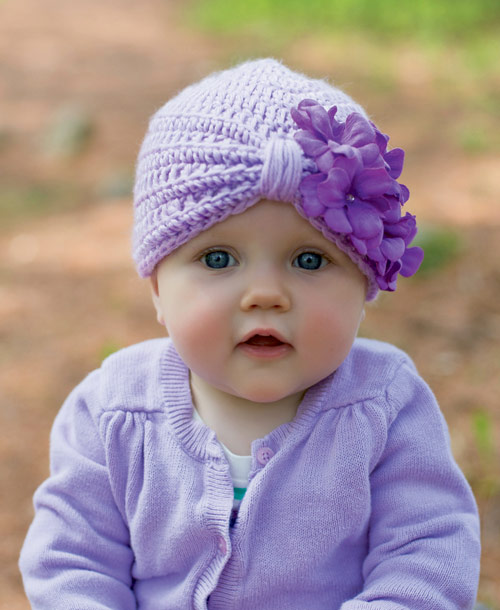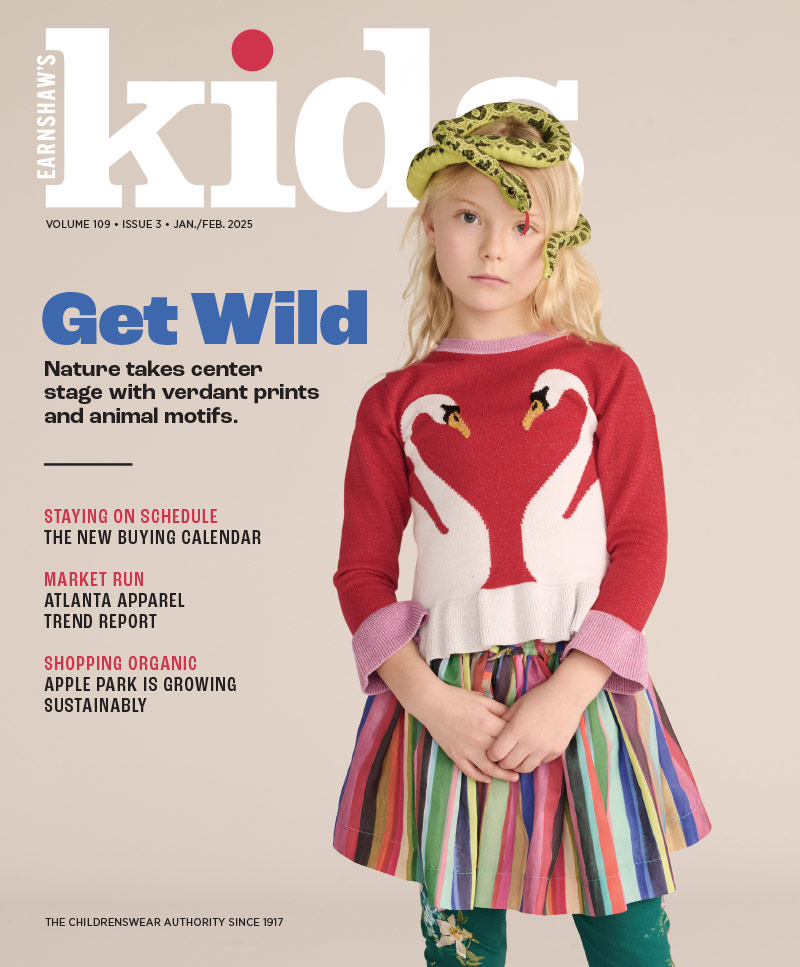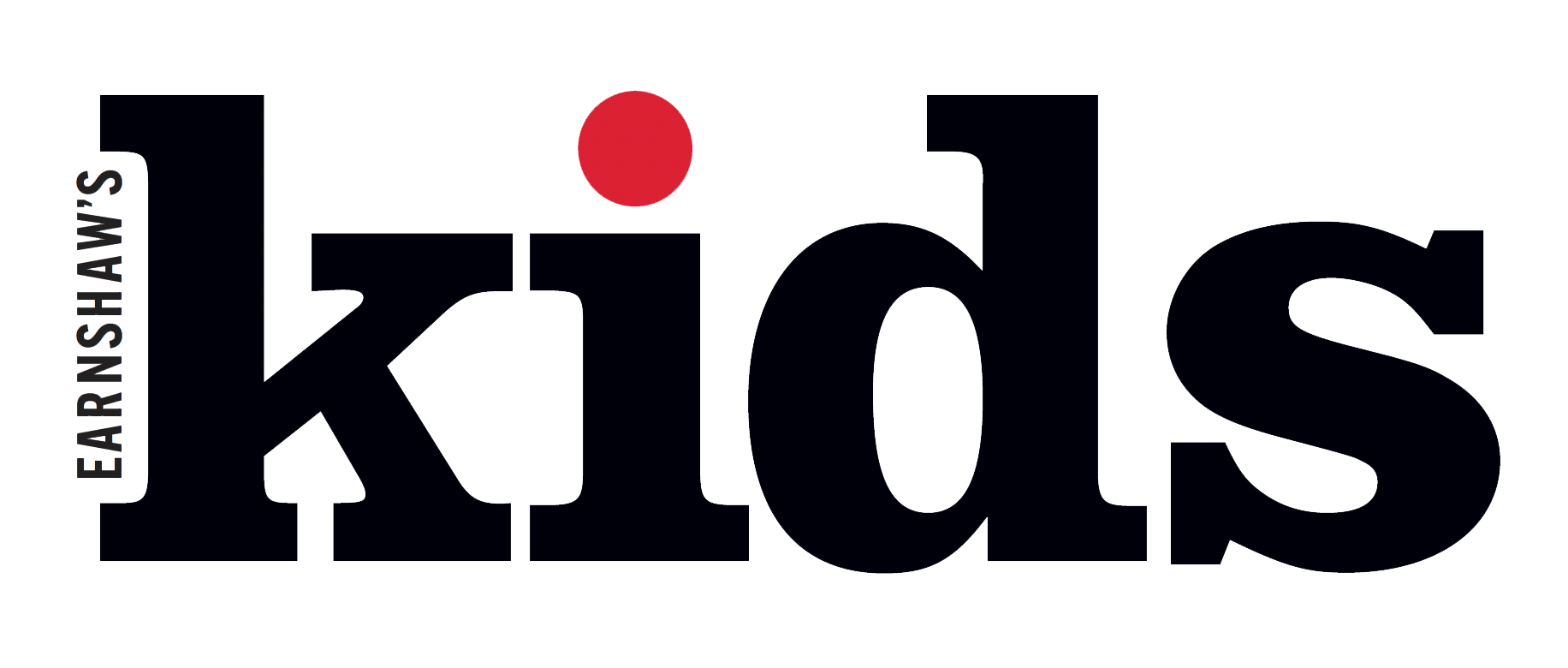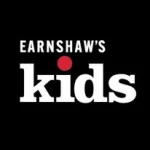Looking to boost your bottom line? From bow-ties to bracelets, retail pros reveal how to tempt shoppers with irresistible accessories.
 As any savvy shop owner knows, no boutique is complete without an array of knickknacks meant to entice customers into splurging just a bit more. Scarves? Check. Hats? Of course. Jewelry? Definitely. But for kids’ retailers, carrying a wide range of adorable accessories is absolutely essential. First, the perennially popular products are a great alternative to more expensive merchandise, since they allow kids to show off their personalities at a price parents are more willing to indulge. Second, accessories are low in cost and small in size—a boon for smaller boutiques. And the best part? Kids’ accessories sales grew by 12 percent last year and are projected to continue that climb in 2015, reports Marshal Cohen, chief industry analyst at the NPD Group, a leading market analysis authority.
As any savvy shop owner knows, no boutique is complete without an array of knickknacks meant to entice customers into splurging just a bit more. Scarves? Check. Hats? Of course. Jewelry? Definitely. But for kids’ retailers, carrying a wide range of adorable accessories is absolutely essential. First, the perennially popular products are a great alternative to more expensive merchandise, since they allow kids to show off their personalities at a price parents are more willing to indulge. Second, accessories are low in cost and small in size—a boon for smaller boutiques. And the best part? Kids’ accessories sales grew by 12 percent last year and are projected to continue that climb in 2015, reports Marshal Cohen, chief industry analyst at the NPD Group, a leading market analysis authority.
Why is the future so bright for sunglasses and other accessories? Without any predominant trends in apparel—after all, everything from ’90s grunge to ’60s mod is considered cool these days—Cohen says accessories are a key way for consumers to update their wardrobes. As Esther Klein, president of Twin Stars Jewelry for girls, puts it, “Accessories provide an additional pop of personality. They should be fun, easy to pick up and priced to be an impulse buying option.”
“Treat accessories as an integral part of your business, not just as an extra, because you’d be surprised at how much they can bring in when done properly,” she continues. Miles Faust, CEO of Wee Ones, agrees. “The retailers I see that do the best with accessories are those that commit to a category, carry a wide selection, look for coordinating pieces and treat the buy as a destination, not an impulse add-on,” he advises. Are you ready to commit to carrying more and better bling in your boutique? Heed these tips to see the category soar.
Manage the Mix
With so many options on the market, picking the right products can be tricky. Experts suggest sticking to two rules of thumb: Note what your customers need and let your apparel offering guide your accessories selection.
As for the former, the right mix is largely determined by the weather. Sunglasses will fare better in sunny California and Florida, while hats are a year-round must-have at Black Wagon boutique in Portland, OR, says Owner Sarah Shaoul. Brands like Neon Eaters and Krochet Kids Intl., as well as hats made with Pendleton fabric resonate well with customers, as they reflect the store’s fun and funky vibe while providing protection against the Pacific Northwest’s wet weather. Aside from the weather, observe your community and adjust accordingly. At Bundle of Joy in Lafayette, LA, Co-Owner Becky Leger cites hair bows as the store’s bestselling accessory because most of her small shoppers wear school uniforms and accessories provide an outlet for self-expression.
But the best accessories are the ones that will complement the apparel on your shelves. “I look at the clothes I’ve bought and go heavy with colors and patterns that match when picking my accessories,” Leger reveals. In fact, sister team Debbie Gans Morris and Sue Gans Curran of Pollywogs boutique in Needham, MA, wait until after they’ve ordered apparel to begin organizing their accessories buy. Then, they select a range of items that coordinate well with the season’s clothes. And if they can’t find matching items, they utilize local craftspeople to create headbands and barrettes that complete the store’s outfits. As Curran points out, “They add a lot to the store, but you’ve got to be unafraid to spend a bit on them.”
Track Trends
While it’s more important to craft your selection based on the overall store aesthetic, it never hurts to know what’s hot each season. Takedowns from adult fashion will continue to pop up in the children’s market, says Jamie Wells, founder of Jamie Rae Hats. For Fall ’15, that means sleek and sophisticated neutrals, color blocking and abstract-inspired prints will dominate the market, she predicts. Alexis Eyler, owner of Lollie boutique in Evanston, IL, agrees that takedowns—such as infinity scarves in colors like aubergine and wine—will continue to play a big role in kids’ accessories.
Another trend that’s still going big? The explosive growth in the boys’ category, from bow ties to beanies. While it may not have been a big segment just a few years ago, Christine Ryan, owner of Stinky McGee ties, reports “fantastic” sales for the brand in 2014 and projects even more growth in 2015. “There are more boys’ lines coming out, as well as more parents opening up to it. It’ll become more normalized, which will lead to more sales,” she predicts. Geri Damone, co-owner of Cheeky Chic boutique in Scottsdale, AZ, carries as many accessories for boys as for girls, offering edgy options like skull-print bow ties and fedoras from brands like Fore!! Axel & Hudson and Born to Love. “Boys are stylish these days, so you have to provide options for them,” she points out.
Stay Well-Stocked
Accessories sales tend to mirror apparel sales, reports Faust at Wee Ones, so make sure your store is prepared to handle a surge in purchases during key seasons. “It’s actually pretty evenly split with peaks at back-to-school, holiday and Easter,” he says. Eyler agrees, noting that the sales peaks tend to follow a predictable pattern at Lollie. “In the fall and winter we sell hats, scarves and mittens,” she says. “And then in spring, we sell little treat items like nail polish or watches for Valentine’s Day and Easter gifts.” The key is preparation, in Faust’s opinion—foreseeing the seasonal surges and preparing for them when buying. “Boost inventory at those peak times,” he urges.
Retailers and manufacturers agree that holidays are peak times for accessories sales. Traditional holiday outfits are indeed incomplete without stockings and hair clips, or bow ties and suspenders. And holiday accessories can make for an affordable, adorable gift from a favorite aunt or grandpa. At Bundle of Joy, for example, Leger says bow sales are huge at Christmas with customers who don’t otherwise shop the boutique. Gift purchases drive jewelry sales at this time of year as well, reports Alexander Singer, owner of Chanteur jewelry for girls, who says that the brand’s sales are about five times higher during the holidays.
Master Margins
Accessories carry a lot of potential when it comes to boosting the bottom line, since the relatively low cost of the items often yield a more advantageous margin than clothing. (Conventional retail wisdom holds that apparel should be sold for twice its wholesale price, for a 50 percent margin.) Jewelry especially tends to have a beneficial margin. For example, Klein of Twin Stars suggests a three-time mark-up on the brand’s array of bracelets, earrings, necklaces and more. But Shaoul advocates using caution when setting a price point on accessories. “They are dependent on what the market will bear. People tend to be willing to pay more for handmade items, but they cost more for me so it evens out.” That said, she reports an overall margin of 60 percent for her store’s accessories, with sunglasses coming in at a whopping 73 percent.
In fact, many manufacturers who sell items on their own websites will require retailers to mark up to the brand’s online pricing or higher. For Stinky McGee, that means a minimum margin of 50 percent. At Pollywogs, the rule for margins is 50 percent plus $2 for accessories, Curran says. She and Morris have worked on building the category, she notes, adding that sales went up by 15 percent last year. Aside from more advantageous mark-ups, Curran points to one other big factor for why accessories have been a major boon for her business: Fewer mark-downs. As Faust at Wee Ones notes, accessories like hair bows tend to be timeless items that carry the benefits of being marked down less often and at lower rates.
Put More On the Floor
While it may be difficult to decide just how much inventory is enough, the general rule that Eyler observes at Lollie is a good one to note: “Our space isn’t huge—only 700 square feet—but accessories are small so we pack in as much as we can.” Of course, it’s still important to keep the sales floor neat and avoid too much clutter, but adding as many accessories as possible tends to be the game plan for retailers who excel in the category.
Damone reports that accessories make up about one quarter of the inventory in Cheeky Chic because, simply, she has the space for it. Manufacturers like Chanteur and Jamie Rae Hats encourage retailers to consider dedicating 20 to 25 percent of their selection to accessories. “They are a predictable sale with a good selection and they offer good margins for a small investment,” sums up Wells.
Merchandise Wisely
While the go-to merchandising spot for accessories is near the register, it’s not a hard-and-fast rule for successful accessory sales. Shaoul gets creative at Black Wagon, putting together niche boxes based on topical themes, like nautical, horses and music, to give customers a unique view of the shop’s products. Leger clips bows onto hangers to create full coordinating outfits at Bundle of Joy, a practice that Miles Faust highly recommends for displaying Wee Ones products. Eyler observes her customers’ walking patterns at Lollie and places jars and buckets filled with small accessories in key spots. Damone goes the more traditional route of using mannequins to display full outfits at Cheeky Chic, but she also has a chair near the register where she lays out a featured outfit, complete with accessories, each day. The key, they all note, is to keep items visible so that customers don’t miss them.
Sarah Niemic, a research associate at Envirosell, a New York City-based market research firm, reports that rows of clear plastic bins housing accessories near the register is the most successful strategy for tempting shoppers to pick up add-on items. Many brands offer branded trees and displays, which can be helpful if space is limited; however, Niemic also suggests opting for horizontal bars over the traditional tree stand, which tends to get messy and makes it hard for customers to pull out items that aren’t up front.
And don’t be afraid to get creative when showing off your accessories selection. Morris at Pollywogs found a unique new headband holder on Etsy—three-tiered hanging rolls covered in bright fabrics—that has become a favorite display at the boutique. After all, if you take a few fashion risks, your customers probably will, too. •





 FASHION IS MY PLAYGROUND
FASHION IS MY PLAYGROUND 
 The Chi
The Chi



 The
The

 The top expo for kids and baby
The top expo for kids and baby
 The 2025 Earnie Awards are officially OPEN! I
The 2025 Earnie Awards are officially OPEN! I


 From milestones to everyday magic, @ryleeandc
From milestones to everyday magic, @ryleeandc

 BEST IN SHOW: @milaandrose
Twirl-worthy, pla
BEST IN SHOW: @milaandrose
Twirl-worthy, pla





 This season’s
This season’s



Leave a Comment: